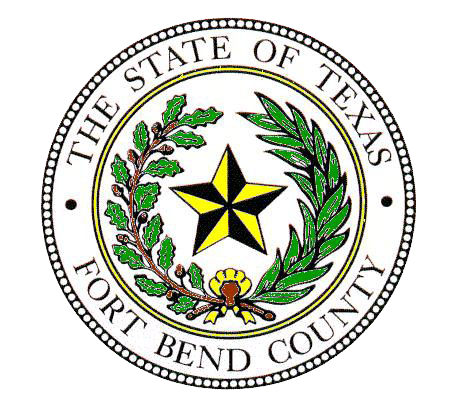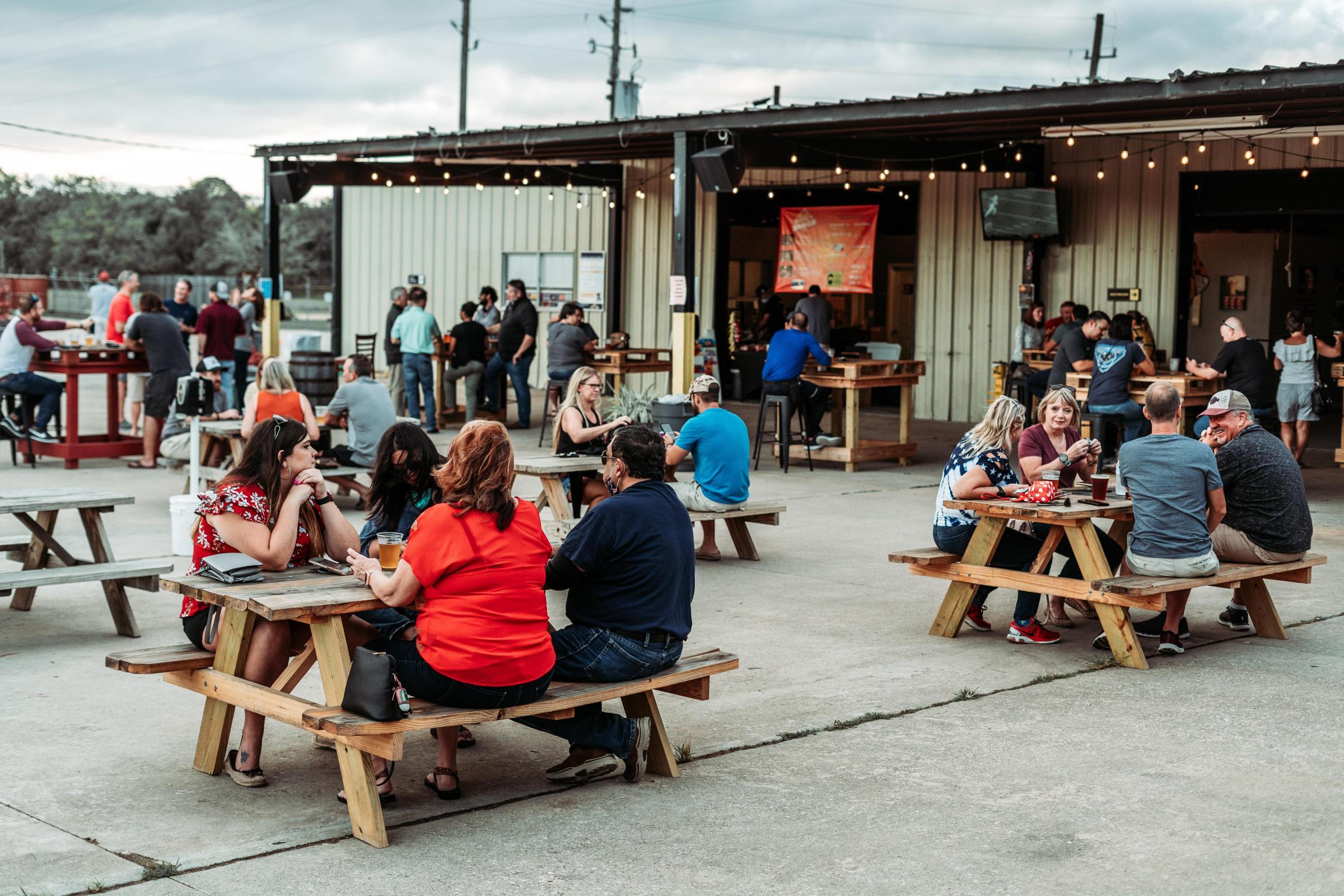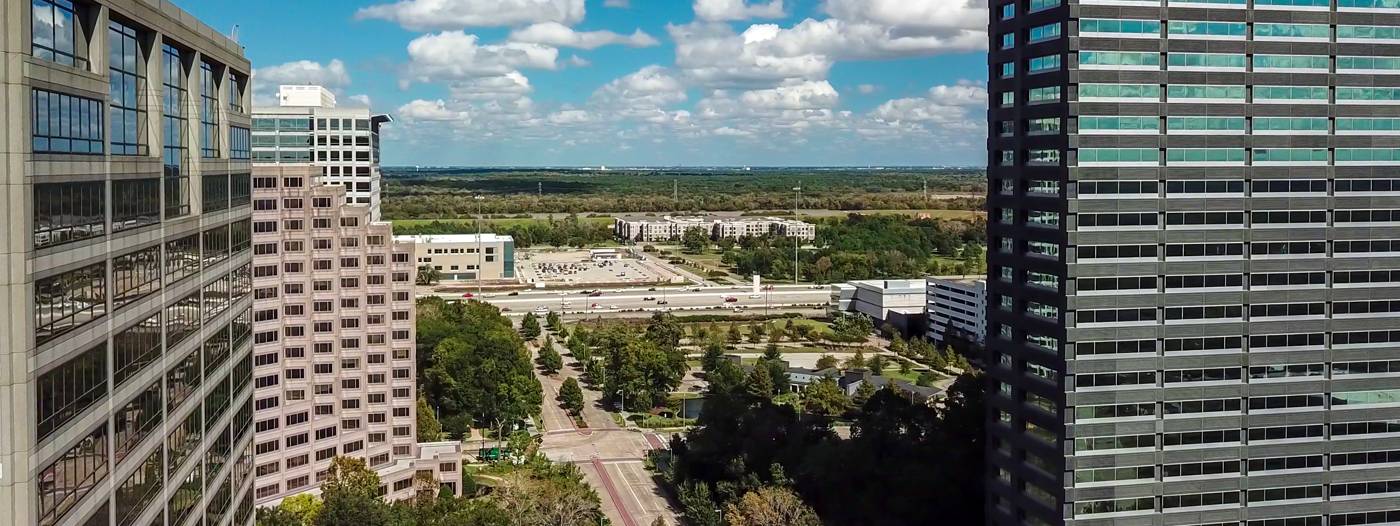Harris County Multimodal Thoroughfare Plan takes holistic approach to countywide connectivity
.png)
23 Nov 2020
By: Hannah Zedaker - Community Impact
Officials with the Harris County Engineering Department and EHRA, a Houston-based civil engineering firm, presented an update to the ongoing countywide Multimodal Thoroughfare Plan in a virtual webinar Nov. 17.
The Harris County Multimodal Thoroughfare Plan is a comprehensive effort to assess current and future transportation needs in unincorporated Harris County, including roads for cars and trucks, mass transit, bike lanes and pedestrian routes. The plan, which is being spearheaded by Chris Browne, EHRA vice president and practice area leader of planning and visioning, is just one component of the Countywide Transportation Plan, which also includes the Equity in Transportation Plan and Vision Zero, a countywide initiative with the goal of achieving zero traffic fatalities and severe injuries in Harris County by 2030.
"We're doing this to make sure that what we've planned previously and what we're now going to recommend is going to satisfy the future transportation needs of our entire community and all the surrounding communities," Browne said during the webinar. "And while we're planning for the future in undeveloped areas, we must also protect existing communities, provide for new ways that residential neighborhoods can easily connect to parks and greenbelts while enhancing access for emergency services, which sometimes have difficulty with direct a access in many parts of the county. In short, we want to put the right road in the right place."
According to Browne, while plan development is ongoing, the process will involve EHRA working with each of the county precincts and community members to finalize a plan that addresses as many transportation concerns as possible. Some of those concerns include minimizing the instances in which railroads and roads intersect, improving access to the Port of Houston while minimizing heavy truck traffic near neighborhoods, enhancing access to public transportation, and augmenting pedestrian trails and bike routes along bayous.
"We've identified a number of alignments which cross over existing landfills, sandpits and even through flood plains and right over the tops of creeks that all need to be rerouted," Browne said. "We want to minimize the number of times we cross a bayou. Why would you build more bridges? They're expensive to build and prone to flooding. We have to make sure these roads are still passable in emergency situations ... and we all know from [Hurricane] Harvey that that's becoming more and more difficult."
The plan will take into consideration all road types, including major thoroughfares, collectors and local roads, including those in individual subdivisions, Browne said. Harris County Engineer John Blount added the new plan is integral to giving residents in unincorporated Harris County a voice in the future of transportation.
"Previously, the vast majority of major thoroughfare control was actually given to the city of Houston because their extraterritorial jurisdiction covers the vast majority of Harris County, yet the individuals in the county outside of city limits don't get to vote for the people who decide where the roads go," Harris County Engineer John Blount said during the webinar. "So we're taking a different approach and adopting our own major thoroughfare plan outside of the city limits so the [Harris County] Commissioners Court can ... get input from the residents of the unincorporated areas of the county."
To ensure all concerns are heard and addressed in the final plan, Browne said EHRA will send a preliminary thoroughfare plan to each of the four county commissioners for review and feedback and host several more community engagement meetings prior to presenting the finalized plan to the Harris County Engineering Department for implementation. Browne said the plan should be finalized sometime in 2021.
"We, as planners and the staff even at Harris County, we're not experts in your community; we're experts in what we do for a living," Browne said. "So we have to listen to the community and understand what your needs are, and that's why the public involvement process is a component in all of these types of studies."
To register for the next meeting in the Harris County Transportation Planning Series, which will take place virtually Dec. 8 from 6-7:30 p.m. and focus on equity in transportation planning, click here.
To complete the Vision Zero survey, click here. To view the Vision Zero map tool, click here. Additionally, questions and comments can be submitted by emailing harrisctp@eng.hctx.net.
More Topics

Fort Bend County Judge launches child care initiative to help families affected by COVID-19
Nov 23 2020




